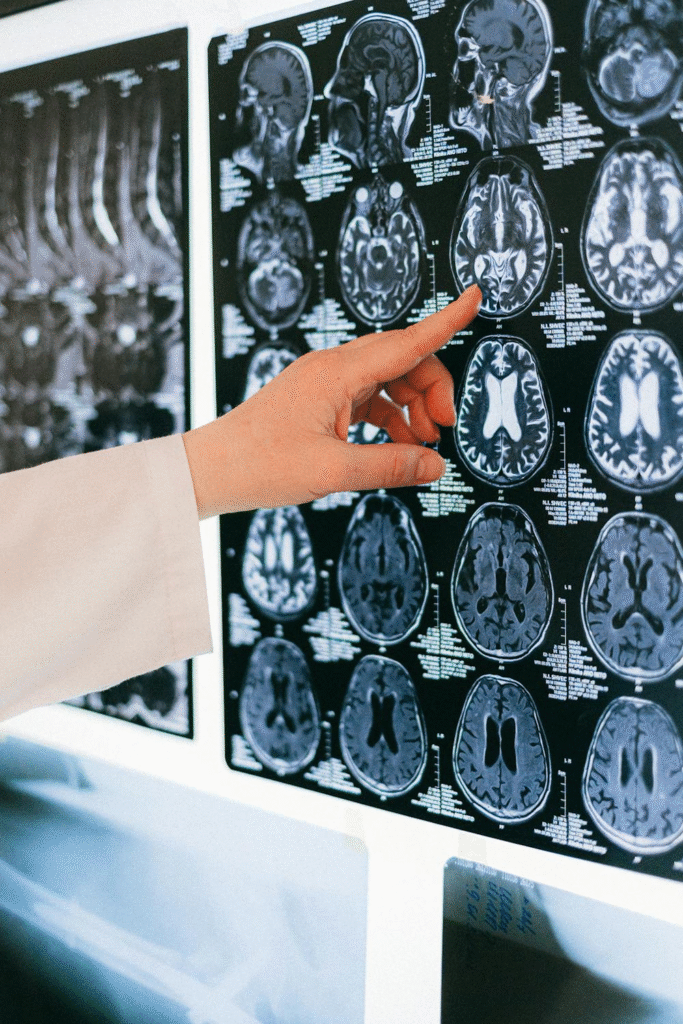Recovering from a brain injury can be a long, unpredictable journey that affects not just physical health but also emotional, cognitive, and social well-being. Every brain is different, and so is every injury, making each path to recovery uniquely challenging. Those affected often find themselves navigating unfamiliar territory with countless questions. From understanding the nature of the injury to coping with day-to-day struggles, having practical guidance can make a noticeable difference in regaining stability and purpose. This guide outlines key recovery tips to help individuals and families manage the post-injury experience more confidently and constructively.
Staying Informed Builds Confidence and Clarity
Knowledge acts as a foundation during recovery. Understanding the specifics of the brain injury, what type of care is needed, and how progress can unfold helps reduce confusion and fear. Medical terms and treatment options can feel overwhelming at first, but becoming familiar with them makes discussions with healthcare professionals far more productive. Reading articles like The Role of Rehabilitation in Brain Injury Cases helps clarify the purpose of different therapies and how they interact with long-term outcomes. Trusting a recovery plan becomes easier when the reasoning behind each step is understood. Families also benefit by gaining insight into what to expect emotionally and behaviorally from their loved ones. Staying informed doesn’t solve every problem, but it does help people make decisions with greater confidence.
Creating a Routine That Supports Healing
Daily structure brings predictability during a time when everything feels uncertain. Building a basic routine — one that includes consistent sleep, gentle activity, regular meals, and rest periods — helps rebuild cognitive stamina. Many people recovering from a brain injury experience fatigue that doesn’t improve with sleep alone. Short rest periods throughout the day give the brain time to recover between tasks.
Small steps matter. A predictable schedule helps manage expectations and track progress. Activities should be paced, not rushed. For instance, a morning walk followed by a nap can offer more benefits than pushing through a long list of tasks. Over time, this rhythm supports not only physical recovery but emotional balance too.
Paying Attention to Emotional Health
Brain injuries often affect mood, personality, and mental health in ways that are easy to overlook at first. Feelings of frustration, sadness, or anxiety are common and valid. Some people experience sudden emotional outbursts, while others may withdraw completely. These shifts can be confusing to both the person recovering and those around them.
Acknowledging these changes early opens the door to meaningful support. Psychologists, therapists, or support groups can offer strategies for coping with intense emotions or new behavioral patterns. The goal isn’t to force a return to “normal,” but to find new ways of handling emotional challenges without guilt or shame. Healing is not just physical — it involves adjusting to new realities and processing the losses and gains that come with it.
Building a Support Network That Understands the Journey
Having people who listen and understand can be just as critical as any treatment plan. Support doesn’t only mean professionals. Friends, family, and other survivors can offer comfort in ways that feel more personal and grounded. Conversations with others who have experienced brain injuries can reduce isolation and create a space where progress and setbacks are accepted as part of the process.
Support networks are strongest when there’s open communication. Being honest about what’s helpful and what feels overwhelming creates stronger, healthier relationships. Caregivers also need support. They may feel overwhelmed, emotionally drained, or unsure how to help. Giving them access to information and peer groups strengthens the whole recovery environment.
Adapting the Home for Safety and Comfort
Making simple changes at home can prevent accidents and support independence. Recovery may come with changes in mobility, memory, or sensory processing. These changes often make daily tasks harder than they once were. Clear pathways, good lighting, and reducing clutter can prevent falls. Labels or written reminders can help with memory challenges.
Recovery is smoother when the home supports new habits. For example, keeping items used often in consistent places reduces frustration. Assistive tools, like grab bars or shower seats, might be necessary temporarily or permanently. The goal isn’t to make life sterile or clinical but to reduce risks and support healing without extra stress. A few thoughtful adjustments can provide comfort and security at a time when both are deeply needed.
Recovering from a brain injury is a complex and deeply personal process. No one path works for everyone, and no timetable can predict how long each stage will last. While the journey may be long and uncertain, it is also one filled with opportunities to rebuild, adapt, and grow in unexpected ways.






